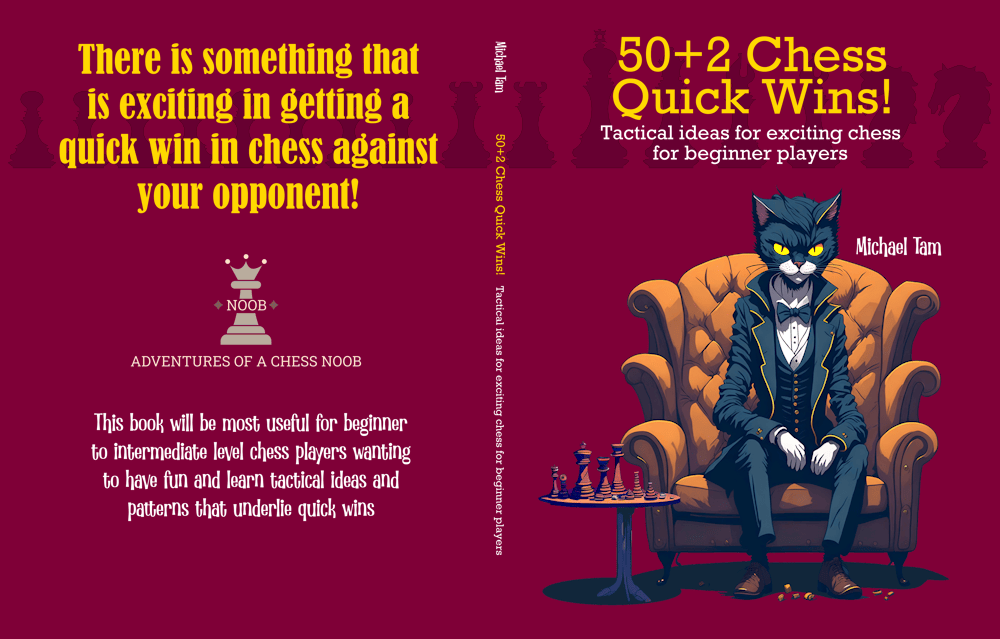
Smith-Morra Gambit | CRUSH the Sicilian Defense!
#sicilian #smithmorragambit
This was another game of the Smith-Morra Gambit against the Sicilian Defense. I mentioned in my recent video titled, "Punishment and Redemption", the Smith-Morra Gambit has the virtue of being okay for White, while potentially drawing the game into non-Sicilian-ish lines.
In this game, my opponent rated in the 1400s played one of the best responses to the Smith-Morra, the Paulsen Formation (1. e4 c5 2. d4 cxd4 3. c3 dxc3 4. Nxc3 Nc6 5. Bc4 a6 6. Nf3 e6). For Black, this opening avoids some of the traps that result from an exposed f7 pawn and allows Black the opportunity to strike down the queenside, take space, and regain some tempo. It is, however, very balanced with Stockfish 15.1 NNUE giving the evaluation of [0.00] at high depth.
However, into the early middle game, I managed to get a major psychological advantage, even if Stockfish disagreed evaluation-wise! Simply, I managed to get a massive, and credible, attack on Black's kingside after they castled. Curiously, although for most of the middle game, I had the initiative and Black was desperately defending, the evaluation was almost always in Black's favour, or [0.00]. According to Stockfish, the best that I had was forcing a draw in a couple of positions, but this of course, is on the assumption of perfect play! In a few positions, Black only held the advantage if they found the only good move - which is of course, challenging, and stressful to play as a human.
My opponent played well, but eventually cracked on move 23. To nerf my attack, which had been relentless in the preceding 10 moves, they opted to sacrifice a rook for my knight, and then tried a relatively unbalanced aggressive counterattack.
However, in doing so, the trade of pieces damaged their defences more than my attack, and a few moves later, I won another of their pieces for a pawn. Spooked, Black offered a queen trade on move 31, resulting in us entering an endgame of my rook pair vs Black's rook and bishop. A miscalculation by Black meant a transformation resulting me having a passed pawn on the d-file. Black's attempt to capture that pawn with (36... Be5) was a game-ending blunder as it gave me the opportunity to force Black to trade rooks. Stockfish at very high depth identifies a forced checkmate line in no more than 30 moves, but my opponent immediately saw their error after my final move, opting to resign. GG!
Game on chess.com: https://www.chess.com/game/live/72836828423




